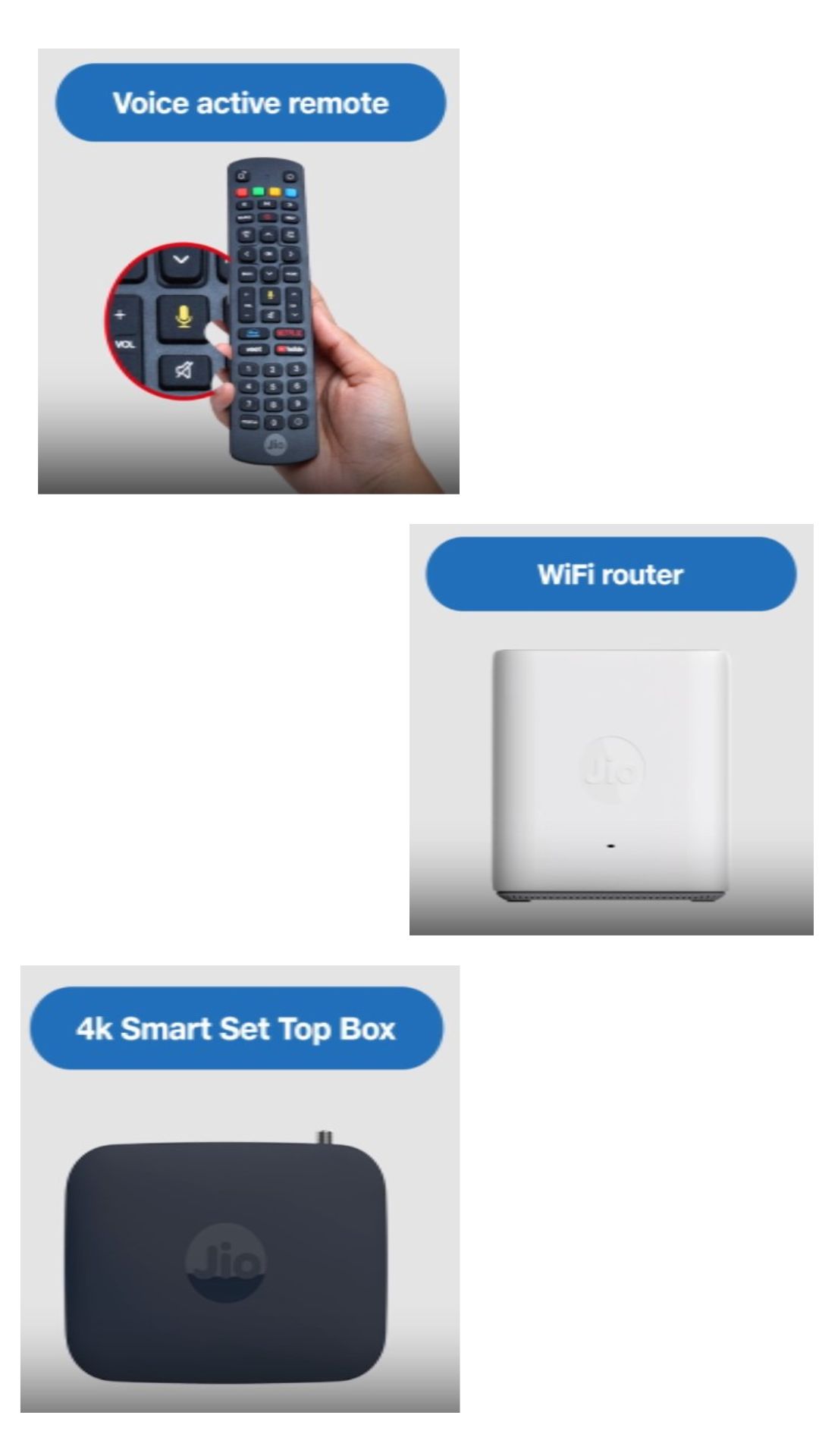With a new set of flights designed to match the demand for launches to mid-inclination orbits, SpaceX is expanding its rideshare program. The latest indication that SpaceX plans to play no favorites in the small launch market is the new program, which was quietly unveiled at a space industry conference earlier this month.
The area of the Earth that a satellite can see while rotating around the globe is referred to as orbital inclination. A satellite in an equatorial orbit has an inclination of 0 degrees, a satellite in a sun-synchronous orbit (SSO) has an inclination of just over 90 degrees, and a satellite in a mid-inclination orbit has an inclination of about 45 degrees. Currently, SpaceX provides ridesharing services to SSO via the Transporter program on the Falcon 9 rocket, which is in infamously high demand.
But an increasing number of clients are finding mid-inclination orbits (MIOs) intriguing, particularly remote sensing businesses looking to expand their coverage over regions including sections of Asia and the Middle East. Currently, organizations that wish to place a satellite in MIO frequently have to pay for a separate launch from Rocket Lab.
SpaceX is vying for this market share with its brand-new ridesharing service, Bandwagon. SpaceX currently has two Bandwagon missions scheduled for 2024 and two for 2025, according to the company’s website.
They could pose a serious threat to all other small launch providers if they gain popularity even somewhat comparable to that of the Rideshare program: Jarrod McLachlan, director of rideshare sales at SpaceX, claimed during a presentation at the business conference that the company had so far used rideshare missions to launch 682 satellites into orbit.










